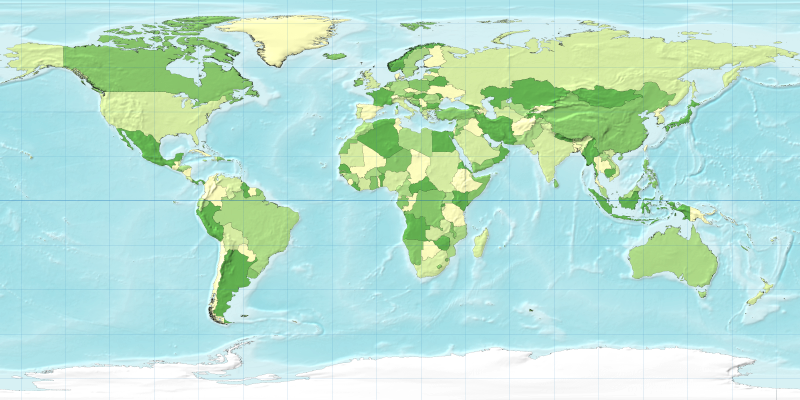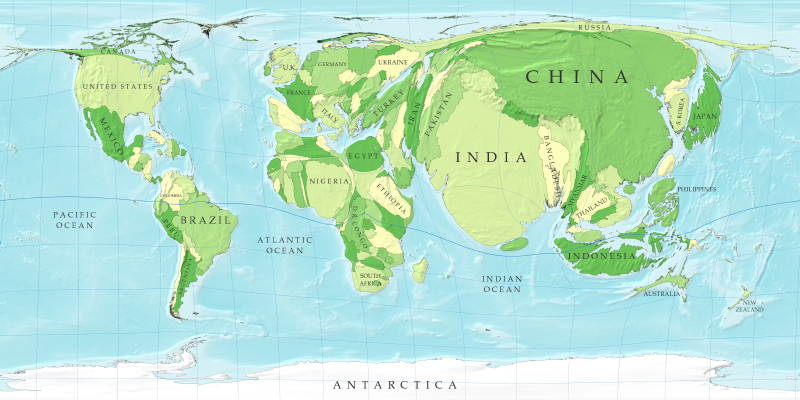The Society of Environmental Journalists: SEJ Publications has an interesting set of articles on climate change and journalism – an interview with NYTimes journalist Andrew Revkin and an article on journalistic balance.
Do you think that climate change is covered adequately by the media? I mean, what kind of job do you think they’re doing?
AR: It’s certainly a decent amount of coverage these days, but I still…I don’t think people are covering it wrong. It doesn’t fit the norms of journalism. The heft of the story is not conveyed. Either the uncertainties make us all fuzz out and look at something more germane like a new explosion in Iraq or the latest scandal in Washington with lobbyists. So we turn away from it. Or we latch onto some new finding that feels like news (abrupt change) and our endless sift for the “front-page thought” makes us minimize the uncertainties.
But it’s not just a journalism problem. After covering it for twenty years…you can write the perfect story capturing both the gravitas and the uncertainties of human-induced climate change, perfect on every level, and it won’t change things.
We are not attuned to things on this time scale and with this level of uncertainty. Partly because of our political system being so short term, our business cycle being so short term, and because our concerns are focused mainly on what affects my family, then what affects my community, then what affects my state, then what affects my country, and then what affects my globe.
What would be the key points you’d stress with other journalists about climate change? What subjects should they hit?AR: Not just for climate change, but just in general. When you can step back, whether it’s sprawl or nonpoint source pollution or climate change, there are things going on around you that are profound, that are transforming landscapes. And we ignore them because they are happening in this incremental fashion that journalism just does not recognize.
And it’s not the kind of thing that you can do daily or maybe even yearly. But once in a while, when there’s a slow news cycle, step back and see how many houses are being built on steep slopes, or how much leakage there is from underground gas tanks. Or what ecologists and biologists are saying about the way a valley, watershed or coast will be transformed over the next century and how does that relate to the surrounding institutions?
A perfect example is coastal development and sea level rise. One of the firmest things coming out of any climate model is that rising seas are the new normal for centuries to come. So if you are a journalist on the coast, this immediately starts a series of stories to see what is being done to reflect that.
You have to look at the world and ask, “Do our institutions reflect, are we still granting flood insurance to low lying areas?” It can lead to these types of stories.
On the mitigation side, college activism is exploding now. When I went to Montreal to cover the last round of climate-treaty talks the only people there who seemed to be talking sense were the youngest ones.
Earth and Sky site also has an interview with Andrew Revkin about his interest in the North Pole.





 The
The